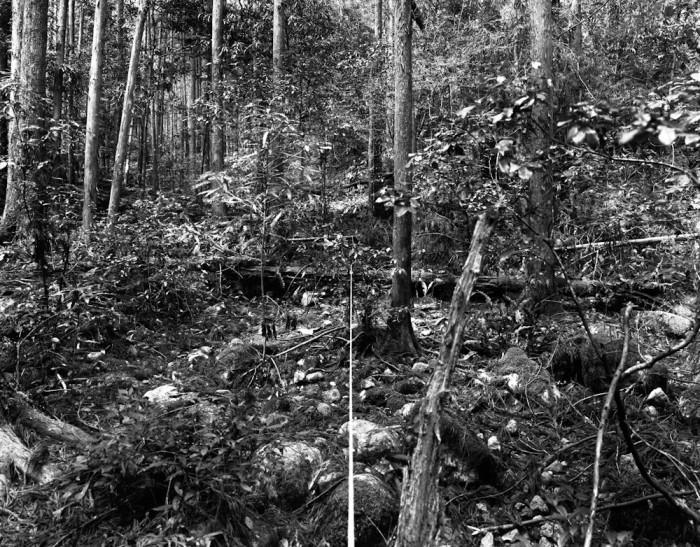
© Wataru Yamamoto
In Raymond Roussel’s 1914 novel “Locus Solus,” readers are introduced to a series of impossibly complex machines, all of which serve no discernible purpose; one, for example, is a road-paving machine which creates the mosaic of a soldier out of human teeth. These machines are the result of a playful technique that Roussel applied to his native French. In this game, a phrase like “demoiselle à prétendant” (“a girl with suitors”) becomes “demoiselle à rêitre en dents” (“paver with soldier, of teeth”). The task Roussel set himself was to cover the distance between these two phrases, and the result in this case was the tooth-placing device which (because of other plays on words) was powered by minute changes (predictable ten days ahead of time) in the direction and intensity of the breeze.
In short, Roussel was performing an experiment with language, and in the most basic sense, Wataru Yamamoto’s photography is also experimental: he sets up certain conditions for his photographs, and sees them through to the end of the work. Still, these experimental systems—one generating text, the other images—are idiosyncratic, not scientific. Roussel’s linguistic games developed out of an experience with a punning carnival worker, while Wataru holds a long-standing interest in nature, having grown up near an untouched forest.
“Drawing a Line” makes its experimental technique clear to the viewer, and it’s a strange time for such a work to appear. Many of Wataru’s Japanese contemporaries are more inclined to chase after fleeting moments of beauty, using a highly personal, intentionally vague style. This aesthetic has dominated Japanese photography in recent years, but it now seems to have exhausted itself, out of its depth in the Japan of 2012. The challenge for the next generation of Japanese photographers (Wataru’s generation) is not so much to found a new aesthetic program—as if this would be a step forward—but to find a way beyond aesthetically-driven photography altogether. Roussel is now commonly seen as an important precursor of significant literary developments, and we could take Wataru’s untimely appearance as a good omen.
Drawing a Line 1 is the second book published by MCV MCV. It includes text in English and Japanese. Available online through PH 2.
Design by In Residence (USA)
Edition of 500
48 pages
Black & white offset, printed in Singapore
Thread sewn binding
303 x 231mm
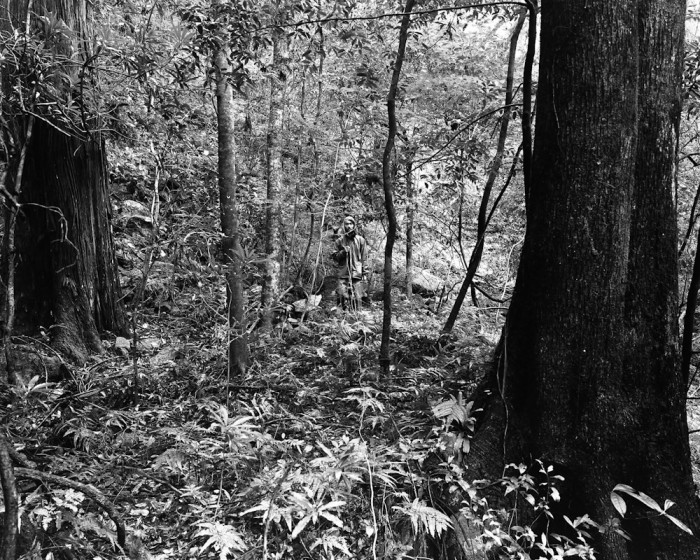
© Wataru Yamamoto
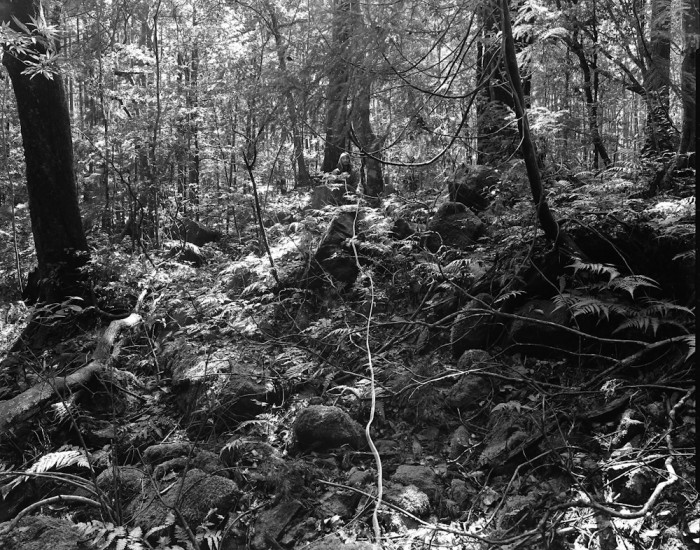
© Wataru Yamamoto
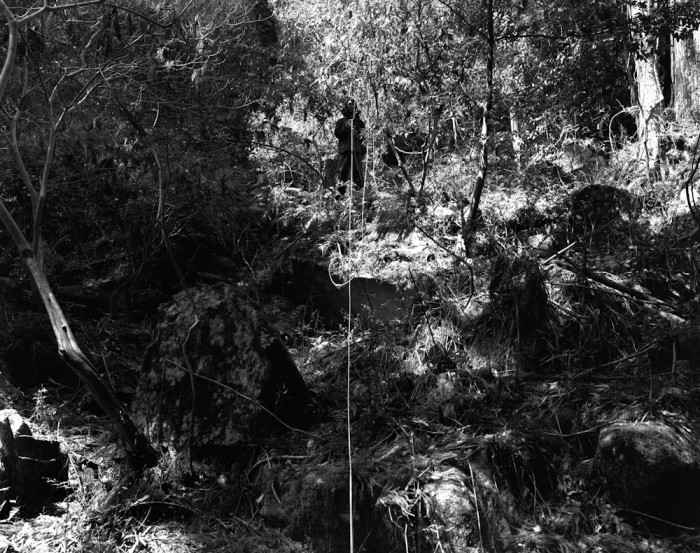
© Wataru Yamamoto
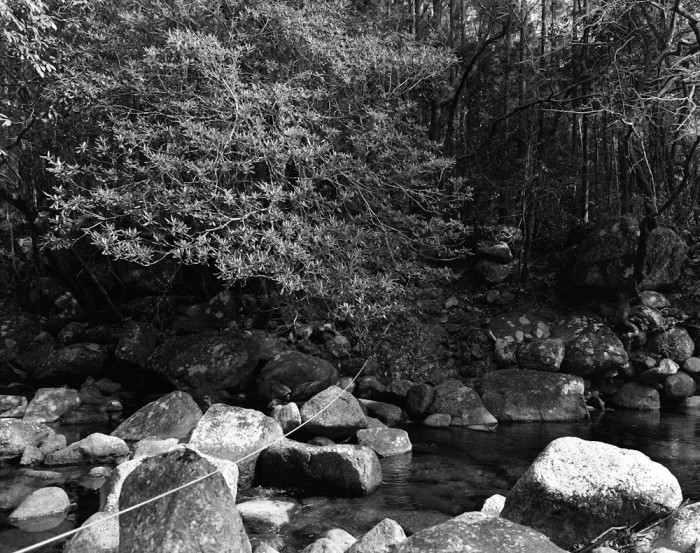
© Wataru Yamamoto
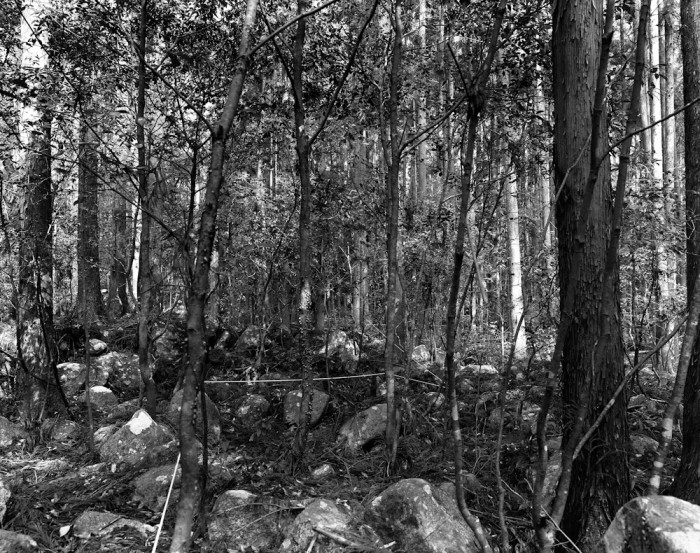
© Wataru Yamamoto
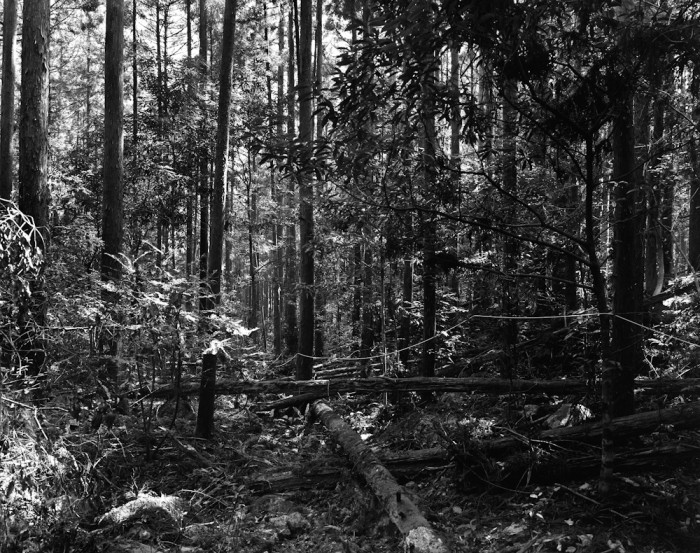
© Wataru Yamamoto
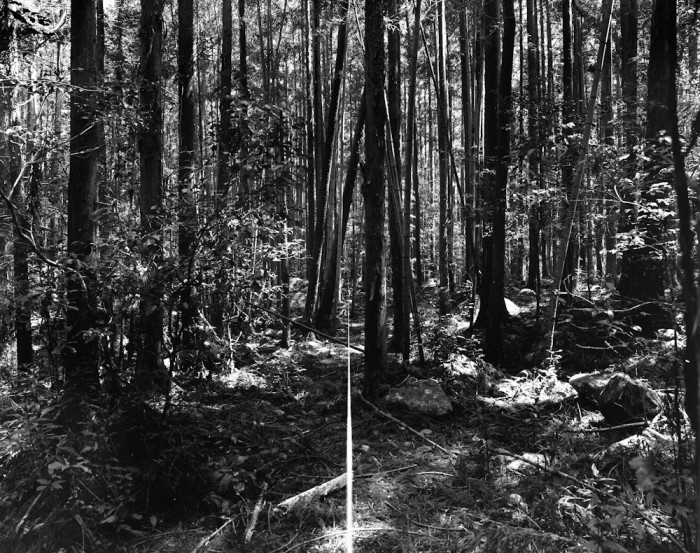
© Wataru Yamamoto